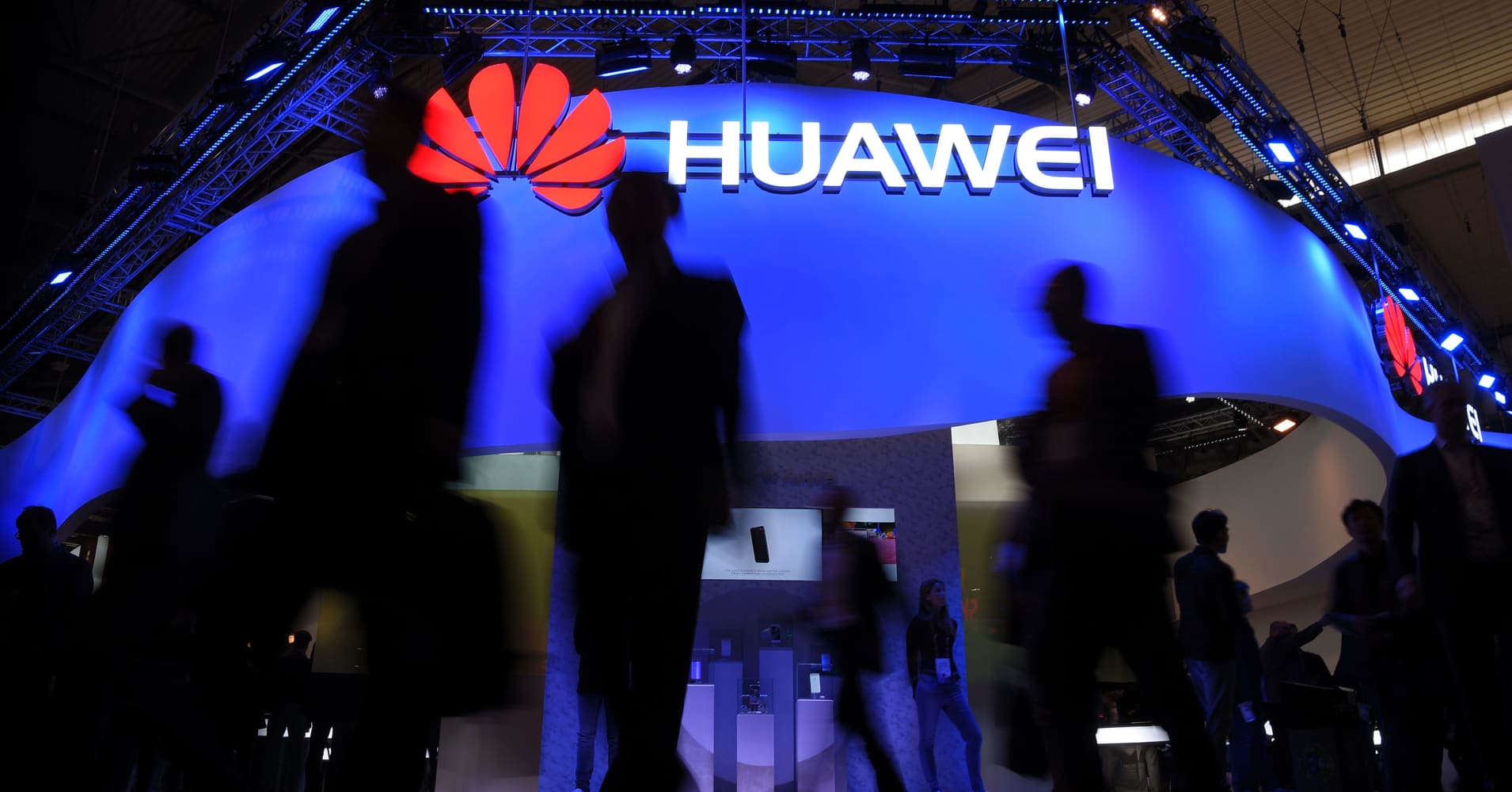Small-business owners filing their 2018 taxes may be able to take advantage of a brand-new 20 percent tax break.
One of the new features of the Tax Cuts and Jobs Act is the introduction of the qualified business income deduction, which went into effect last year.
This tax break allows owners of “pass-through” entities, including sole proprietorships, S-corporations and partnerships, to deduct up to 20 percent of their qualified business income.
Don’t get too excited just yet. Business owners and their accountants have been grappling with the deduction for most of 2018, trying to figure out who qualifies.
Adding to the uncertainty, the IRS also spent most of last year and part of January 2019 fine-tuning the regulation and more closely defining which industries could nab the deduction.
“I think overall, the IRS did a great job of clarifying things, but there are still open and unanswered questions that I think need to be addressed further through other guidance,” said Jeffrey Levine, CPA and CEO of Blueprint Wealth Alliance in Garden City, New York.
“I think this is something we’ll be dealing with for years and years,” he said.
Here’s what you should know.
The IRS has built in some limits in order to keep the qualified business income deduction from being a free-for-all.
First, entrepreneurs, regardless of industry, may take the 20 percent deduction if they have taxable income that’s under $157,500 if single or $315,000 if they’re married.
Over that income threshold, the IRS places limits on who may take the break.
For instance, “specified service trades or businesses,” including doctors, lawyers and accountants, aren’t able to take the deduction at all if their taxable income exceeds $207,500 if single or $415,000 if married.
The rules are different for businesses that aren’t “specified service trades or businesses.”
Those business owners get a reduced deduction if their taxable income exceeds the $157,500/$315,000 threshold and is still under the $207,500/$415,000 threshold.
If your company is not a “specified service trade or business” and your taxable income is over the $207,500/$415,000 threshold, your deduction is generally capped as a percentage of W-2 wages paid to your employess.
In January 2019, the IRS proposed additional guidance for rental real estate owners, a safe harbor they can follow in order to be certain they qualify for the 20 percent deduction.
Those guidelines include maintaining separate books and records for each rental enterprise, as well as performing and documenting at least 250 hours of rental services in a year.
Those servicesmay include time spent collecting rent, maintaining the property and supervising employees and independent contractors.
However, other activities are excluded, including traveling to the property and studying financial statements.
Accountants say that the 250-hour hurdle is onerous.
“When you hire someone to cut the grass, you do just that,” said Troy Lewis, CPA, associate teaching professor at Brigham Young University and chairman of the qualified business income task force at the American Institute of CPAs.
“You don’t say, ‘Cut the grass and tell me how many hours it takes you to do it,’” he said.
If you’re a landlord who’s hoping to nab the 20 percent deduction under the safe harbor, be sure you have all of your invoices from 2018 to back up the number of hours spent servicing your property, Lewis said.
A rental property that you also use personally isn’t eligible for the safe harbor, which could make things uncertain for people who lease out basements or vacation homes.
“If you live there part of the time in the same space, then it’s a challenge,” said Lewis at Brigham Young University.
Even renting out your beach cottage to summer visitors won’t guarantee that you qualify for the safe harbor.
“Let’s say I rent out a condo in Boca Raton, but I never go there,” said Lewis. “That’s OK, but the problem is I won’t meet the 250 hours of rental service.”
Triple net leases — arrangements in which the tenant agrees to foot the bill for real estate taxes, insurance and maintenance — are also excluded from the safe harbor.
Failing to qualify doesn’t preclude you from trying to claim the deduction on your 2018 tax return, but it does mean you have to be ready for the IRS to push back.
“Remember that just because you don’t meet the definition, doesn’t mean you won’t be considered a business for the purpose of the deduction,” said Levine of Blueprint Wealth Alliance. “But the onus is on you.”
As tempting as the 20 percent deduction is for small businesses, entrepreneurs should proceed with caution and be ready for the possibility that the IRS could challenge your deduction. Here’s how to proceed:
• Keep well-documented books and records. Be sure to closely review the receipts and statements that pertain to your business, and prepare to turn these in to your accountant.
If you’re hoping to claim the deduction for a property you rent out and do so under the safe harbor, the IRS will want to know how much time you spent on maintenance, management and more.
• Think before making dramatic changes to your business. Last summer, the IRS put the kibosh on aggressive strategies accountants pitched to help entrepreneurs qualify for the break.
The qualified business income deduction is still a work in progress — and it’s only around until the end of 2025 — so slow down before doing anything too drastic.
“The well-advised client will view this as another data point to reevaluate their structure and business,” said Jonah Gruda, CPA and partner at Mazars USA. “But I always tell them that while tax is an important aspect of business decisions, it’s only an aspect.”
• Talk to your accountant. Do a gut check of your appetite for the deduction, and prepare for the possibility that you may have to make your case to the IRS.
“There are gray areas where it’s a matter of your tax risk tolerance,” said Levine of Blueprint Wealth Alliance. “Are you a fighter, or are you going to say, ‘I have bigger things to worry about’?
“I have clients in both camps,” he said.
More from Personal Finance
Taking a loan from your 401(k) does come with risks
Ready, set, file: What you need to file your 2018 taxes
These red flags on your 2018 tax return could spark interest from the IRS
Subscribe to CNBC on YouTube.







